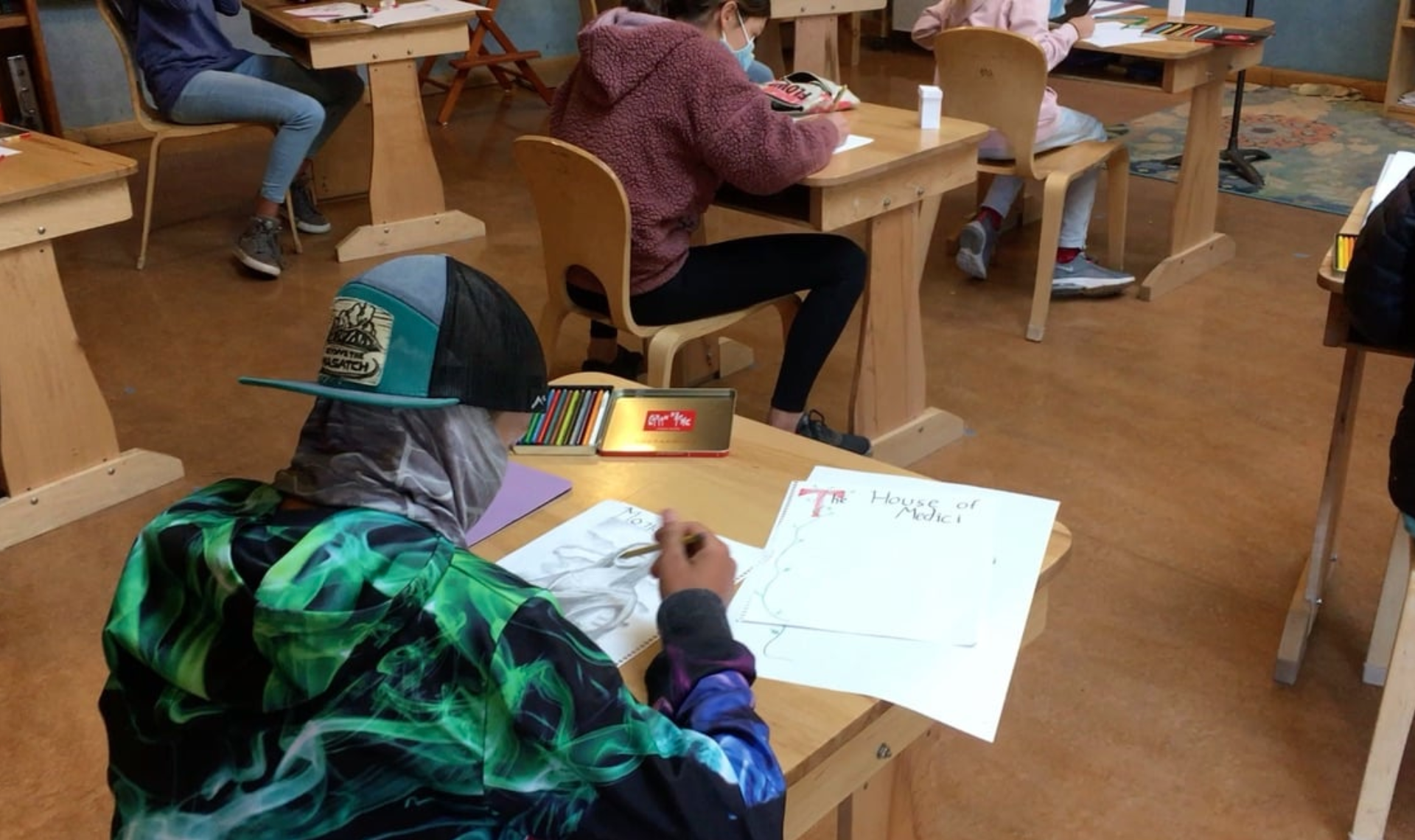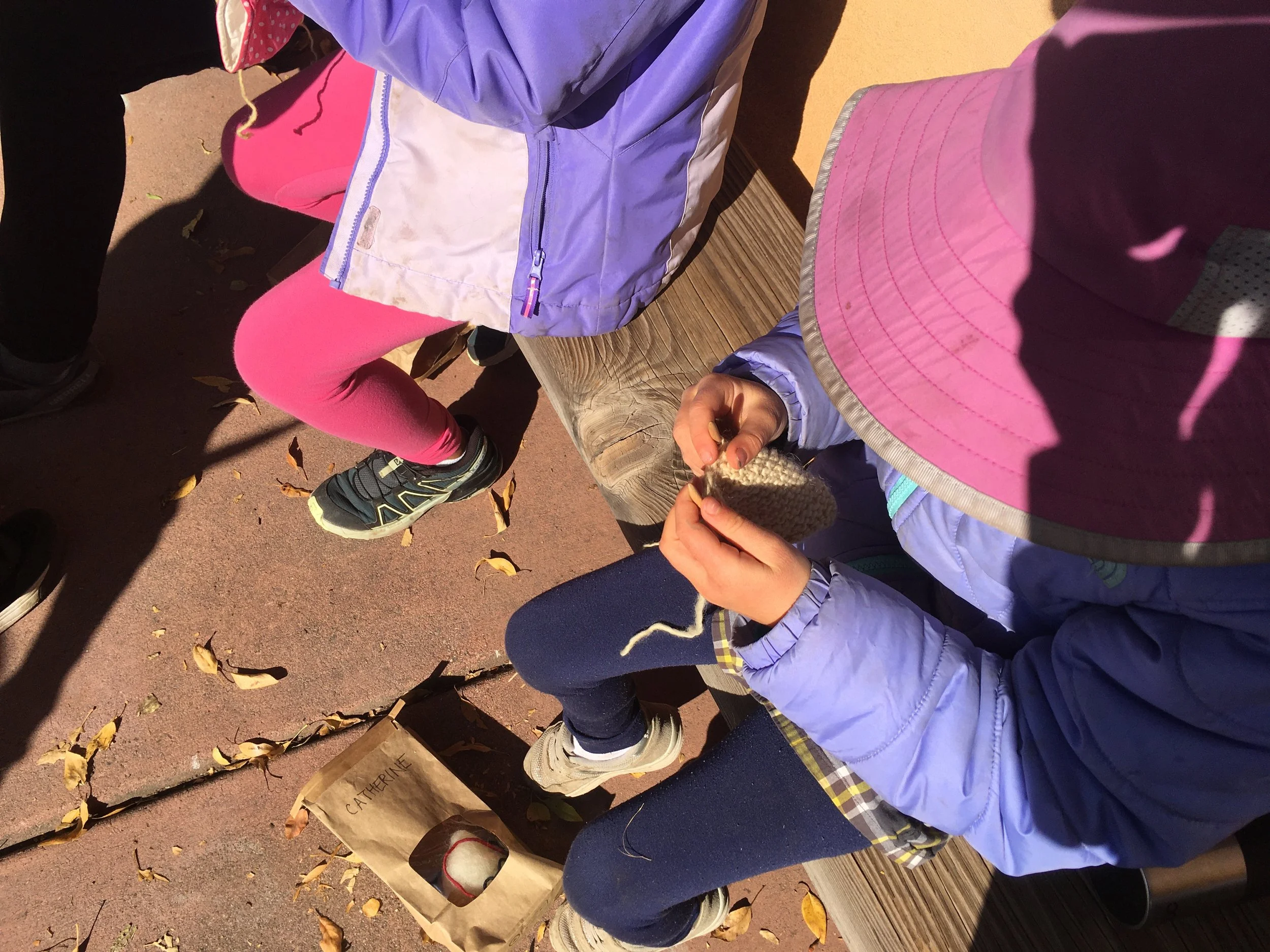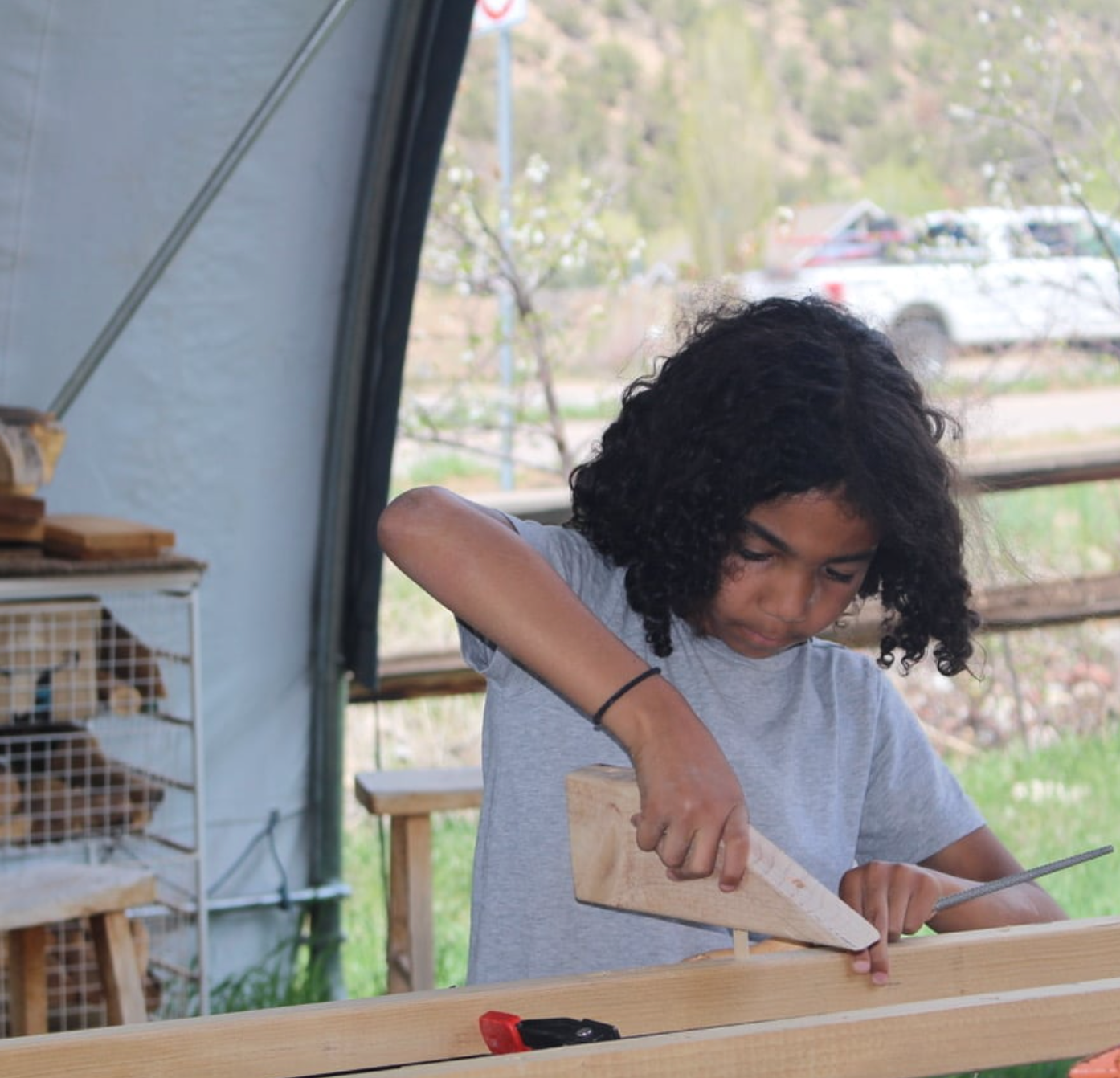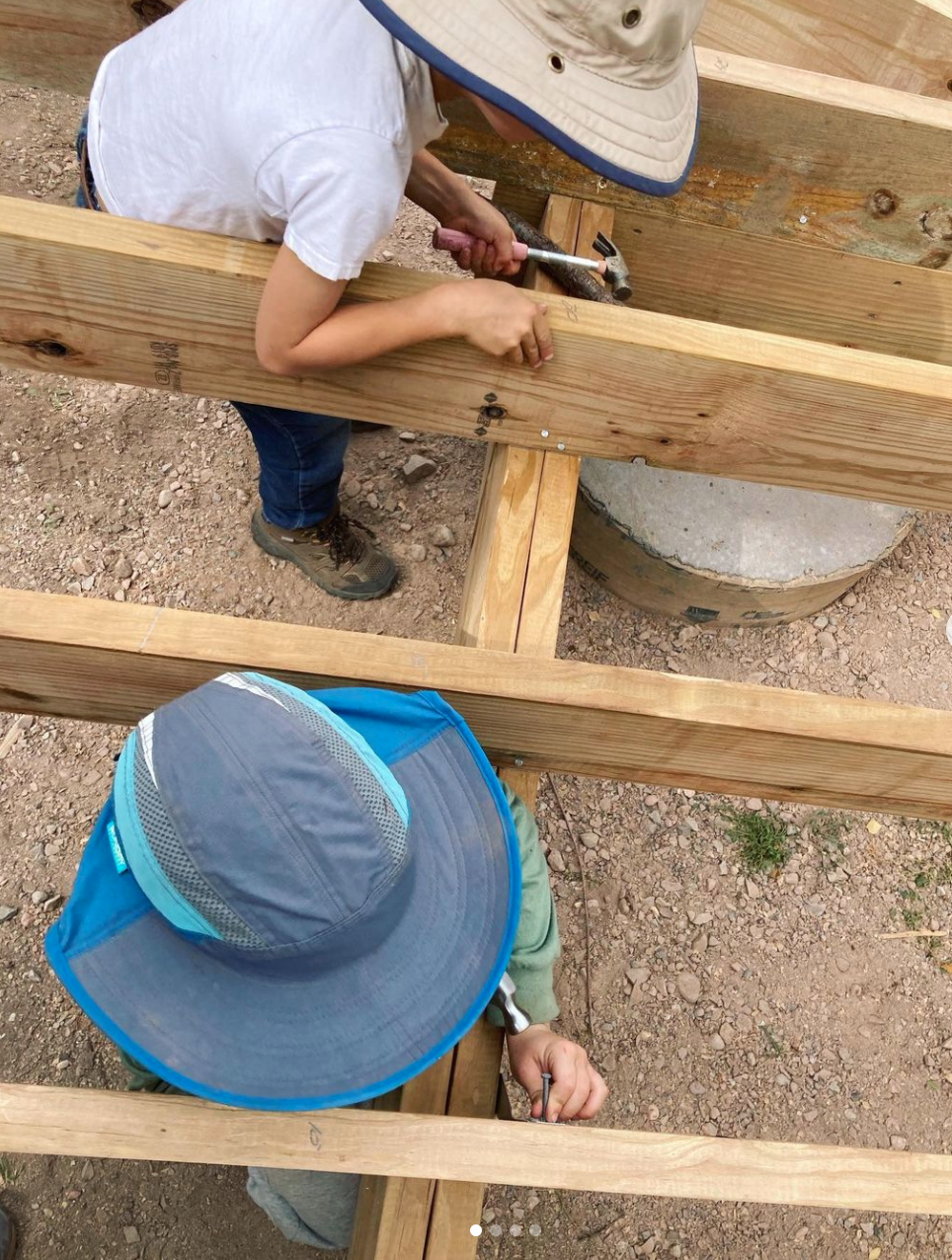Curriculum Spotlight: Why do we work with our hands?
We seem to have settled on an acceptance that as adults in the world today, the vast majority of us are exposed to information overload in our daily lives, through one or multiple channels. In acknowledging this reality, does it not seem we should ensure we are equipping our students with the skills and tools they need to find balance, rhythm and focus in a world over run by distractions?
Why all the Handwork?
Waldorf Education has always placed value on the role working with our hands plays in the curriculum for our students across the grades. We are not alone in recognizing this importance.
From knitting to woodwork, sculpting, drawing and building in many different, dynamic ways, our students are given time and space to engage with work that brings about tangible outcomes as a result of their individual focus and effort. Not to mention tasks that are building on past knowledge and continually challenging with increasing complexity.
Kelly Lambert wrote in her book, Lifting Depression: A Neuroscientist’s Hands-On Approach to Activating Your Brain’s Healing Power: “Effort-driven rewards and other real-world interactive experiences generate much more intense and pervasive reactions in your brain than the neurochemical alterations produced by a single pill. The result? You begin to feel more control over your environment and more connected to the world around you. This reduces stress and anxiety and, most important, builds resilience against the onset of depression.”
We read this as one of countless reinforcements that can be found around the value and nourishment possible to our students when they are given the chance to engage in work that calls upon each of them to try something new and fully engage. Our curriculum is designed to challenge our students to work in ways that are constantly building while also finding rhythm. The patterned, repetition of activities such as knitting, carving and sculpting have been noted by experts to hold a rhythmic quality directly linked to lowering stress and helping our brain work through deep problems and questions while also having space to relax.
Handwork for mind breakthroughs?
In a recent post for Psychology Today, Susan Biali Haas M.D. writes, “when my brain is “offline,” it gives it a chance to work on problems behind the scenes.”.
Mind-Body Medicine expert, Dr. Herbert Benson, wrote about this phenomenon (and strategy) in his book, The Breakout Principle. “When we engage in a repetitive task, completely taking our minds off whatever problem or issue we have been struggling with, the solution will often magically appear.” (source)
In other words, taking time to engage in work with our hands brings more than one benefit. In fact it brings countless and is one of the many ways our curriculum is enriched to allow learning to go deeper. Our teachers are focused on igniting a love of learning in our students that brings about curiosity to fill a lifetime and navigate our future challenges. Not only do we think our students will need spaces to answer deep questions, they will also need spaces of calm among a world that only continues to change.
What about all the other benefits?
We’ve only skimmed the surface of the benefits working with our hands truly brings. If you have questions, we challenge you to take up the task of learning to knit. In doing so, you will see what an invigorating challenge that engages countless brain areas is for our 1st Graders. The structure, repetition and detailed oriented nature of the activity lends itself well to strengthening hand-eye coordination, building habits and focus, not to mention leveraging math and counting skills as students learn to manage, change and adjust their stitches and patterns in pursuit of their goals.
Rudolf Steiner said, “Children who learn while they are young to make practical things by hand in an artistic way and for the benefit of others as well as themselves, will not be strangers to life or to other people when they are older. They will be able to form their lives and their relationships in a social and artistic way, so that their lives are thereby enriched.”
What capacities will your students need to solve tomorrow’s unimaginable challenges?
Please reach out to start a conversation with our Enrollment Team!









